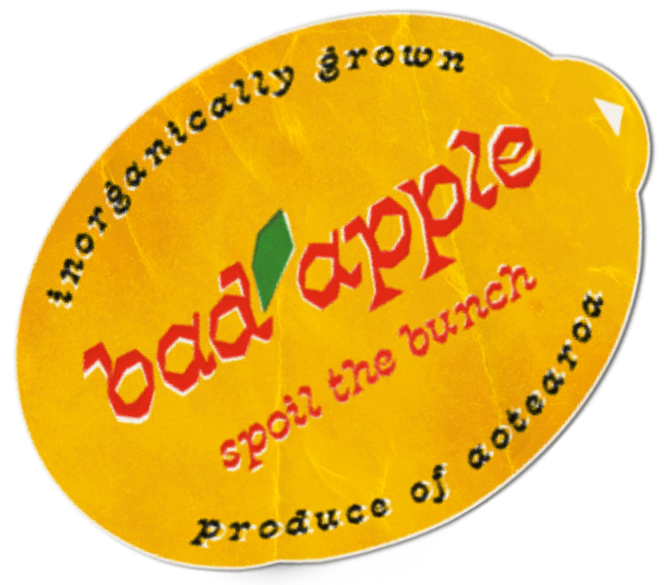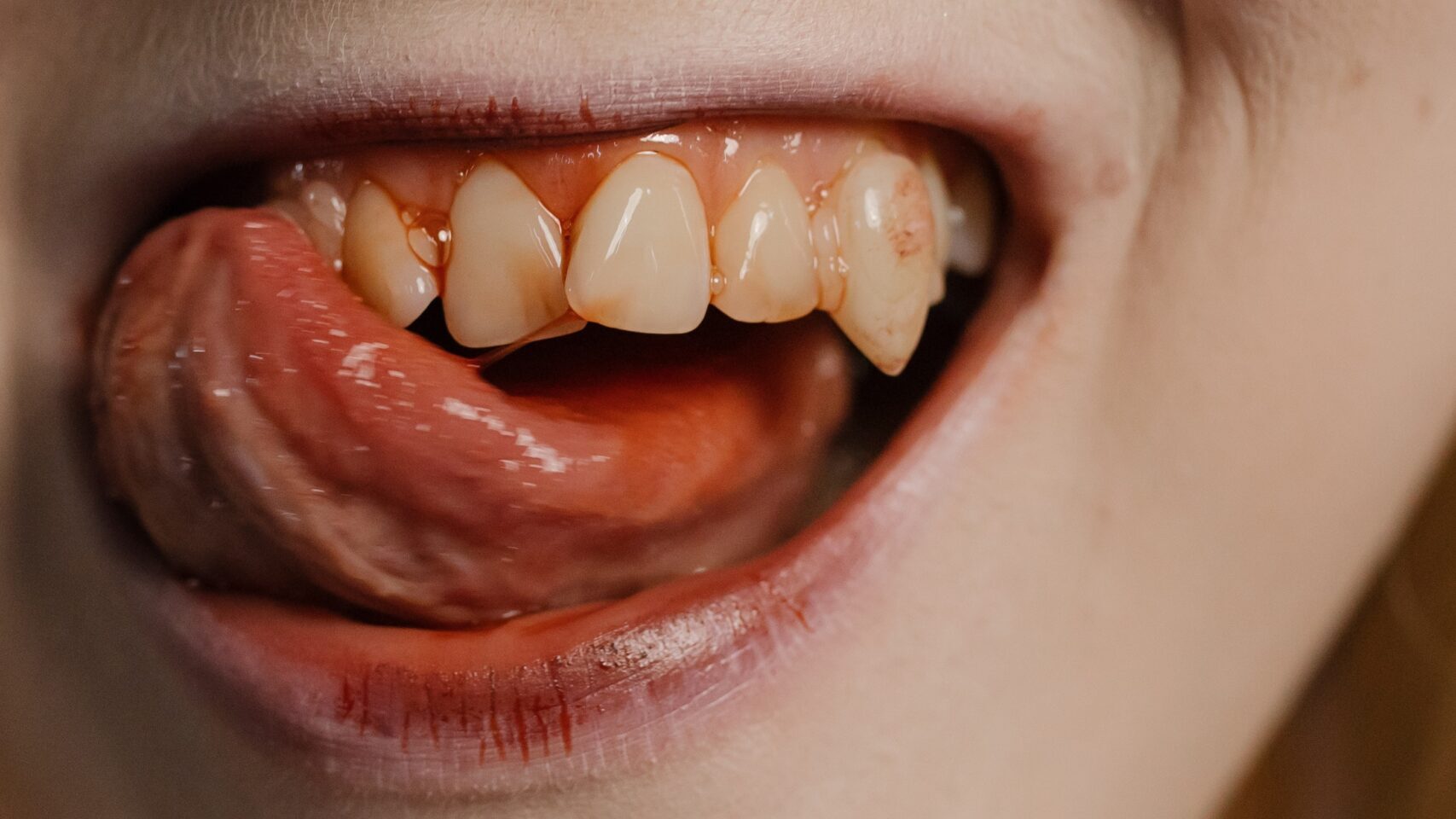Vampires. Arguably (definitely) the best horror villain. We know them. We’ve seen them. If you’re me, you’ve probably written too much about them.
Excluding my personal vampire obsession, vampires have been around for a while, and are a fantastic vehicle for my second favourite film trope—homoeroticism. Vampires be sexy, and they especially be sexy in a way that’s much less straight than a lot of other filmic horror.
So, let’s talk about it.
The first work of vampiric fiction comes from the early 1800s, in John William Polidori’s The Vampyre. Inspired by a story told by notorious 19th-century poet and slut, Lord Byron, this story follows Lord Ruthven, a mysterious womaniser, who drains people of their blood. From there, we got works like the lesbian vampire narrative Carmilla (Sheridan Le Fanu, 1872, expanded wonderfully into a web series in 2014 by KindaTV) and Bram Stoker’s Dracula (1897).
As we emerged into the 20th century, and the advent of films that actually managed to tell stories, vampires became a big thing in horror. You’ve almost definitely heard of Murnau’s Nosferatu (1922), where a mysterious creature with pale skin and long claws preys on a prominent woman in the fictional German town of Wisberg. Dracula reemerged in the ‘30s, played by Bela Lugosi in a film that I’m sure we’ve all seen screencaps from.
The iconic Hammer Film Productions LTD (Hammer horror) made several adaptations of vampire films in the ‘30s–’70s, most notably Dracula (1958), played by Christopher Lee. From there, vampire films didn’t die out (heh), and we got punk-rock vampires in The Lost Boys (1987), Buffy the Vampire Slayer (1992–2004) and of course, Twilight (2008–2012); alongside many, many, many other iconic adaptations from all across the world. Name a famous director, they’ve probably done or been involved in a vampire film.
So, why vampires? Why have they stuck around? And more importantly, why are they so darn gay?
Well, for starters, the nature of horror as a genre is that it plays very significantly on common societal fears. You might have noticed a focus on horror and technology recently. Look at the Blair Witch Project (1999)—a film where so much fear lies beyond what the in-scene camera can see, the Japanese film Kairo (2001), where computers hold ghosts, and The Ring (1998), about a cursed videotape. More recently, look at films like Unfriended (2014), a film told solely through the medium of a computer; and look back even further to the ‘80s to all of David Cronenberg’s career. Tech that we don’t understand taking over has been a big thing in the last forty years. (I wonder why?)
In the ‘70s and ‘80s, people were particularly afraid of the concept of young people who drank, did drugs and had sex, thus the rise in slasher horror—where you didn’t die if you were white and virtuous and likely a virgin.
Look back further still, to the advent of vampire filmic horror in the ‘20s and ‘30s where nothing was scarier than a guy from a foreign land who had a lot of money and also might fuck your wife. It’s that otherness, that difference, that beauty that is unexplainable, and that sensuality that is a threat upon the viewer. Thus, the enduring power of the vampire as a horror villain.
These days, though, the vampire is less of a frightening guy and more of a hot, though absent, flatmate. Sometimes they’re there, usually, they’re not, but it’s a pleasure when they do show up.
So why are vampires these days not the ‘mysterious horror figures of old’? And why are they so queer when they do appear?
Well, vampirism plays on that cheeky little part of the world that we’re not so scared of anymore—sexuality and, more specifically, sexuality that deviates from the norm. Vampires—if they fuck, when they fuck—aren’t having bog-standard missionary sex; it might be queer, it might be polyamorous or bloody, or spicy, but it’s certainly not mundane.
Our ways of thinking towards such sensuality have changed since the ‘30s, growing up through the Sexual Revolution and modern feminism. We’re not screening spicy vampire sex in an ‘OMFG a MONSTER is doing MONSTROUS THINGS’ way, but rather in a ‘fuck yeah, these vampires FUCK’ way. Vampires for the most part aren’t sneaking into your village and taking your wife away for dastardly deeds, but asking for her consent first (and even yours too).
To get a little psychosexual on you, the mere act of sucking someone’s blood involves penetration of the body. It’s with fangs, yeah, but when is the mouth not used as a sexual organ? While this might have seemed transgressive and frightening when the monster was a bat creature in the night, it’s less so when the monster is unearthly beautiful and the bite itself makes you feel all warm and fuzzy inside.
Queerness—well, that bit’s simple. History can tell the tale of dozens upon dozens of villains who are queercoded. From Disney films to novels, we all know of a villain who is a little bit queerer than most. Vampires themselves fit very easily into a queercoded world. They’re more likely to be more open with sensuality, they dress differently, they live very thoroughly within close non-family groups and they sit outside society in a way that so few character types do. Sound familiar?
They are an Other—and that’s why queer folk might resonate with them more. “As queer people, we are considered outside of society, and horror is outside of society.” (Lea Delaria). Vampires are an Other in the way that we have and so often are still seen as an Other, and they are welcomed for it. They live their lives with pride.
That’s why I like vampires so much. They’re a fascinating horror monster and one that I empathise with, more than a little bit. If you’d like to check out some additional vampire media, here’s some explicitly queer stuff: What We Do in the Shadows (2019–present, FOX, TV), Interview with the Vampire (2022–present, AMC, TV), First Kill (20200, Netflix, TV) and Carmilla (2014–2016, KindaTV, web series).
So, happy Halloween! Have a good one, and spare a thought for one of horror’s most resonant monsters along the way. They’ve been through a lot. It’s probably for the best.
Featured photo by cottonbro on Pexels.



